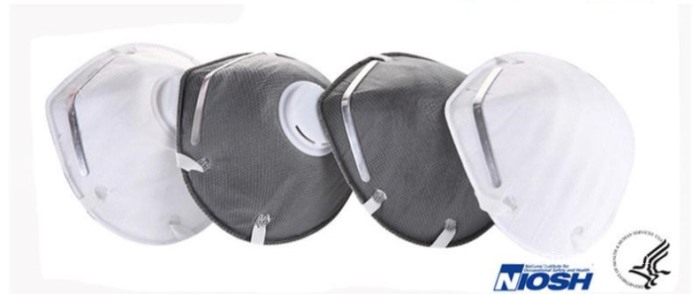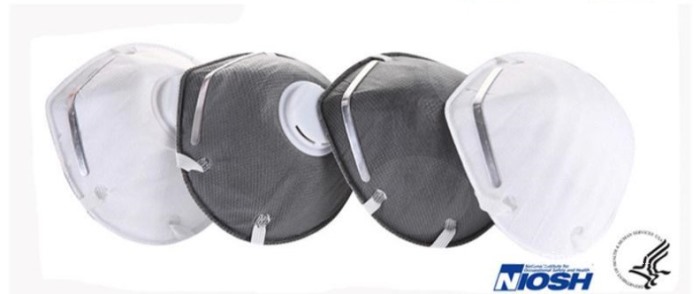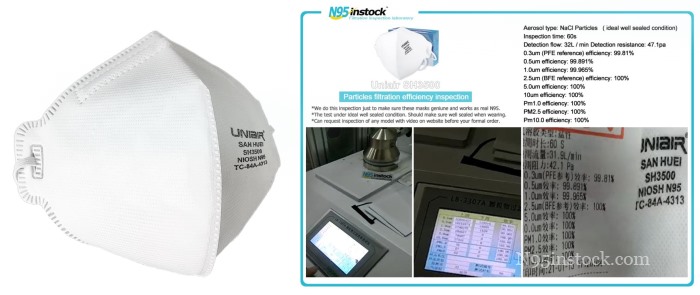There are three categories of face masks that are classified according to EN 149 European standard test criteria and filtering air mask marks. These grades include FFP1, FFP2, and FFP3 masks. FFP1 mask has the lowest filtration rate out of the three masks, with a minimum filtration rate of 80% for particles 0.3 millimeters in size. Despite this, it is the mask that is most commonly used since it is dust-proof and ecologically friendly. The FFP2 has a filtration rate of 94% for particles 0.3 millimeters in size, which is the same as South Korea’s KF94, and its filtration effect is only surpassed by that of the N95 and KN95 masks. The filtration rate of FFP3 for particles measuring 0.3 millimeters is 99%, which is the same as the filtration effect provided by N99 masks. FFP3 masks are able to provide protection against very tiny particles such as asbestos since they have a minimum filtration rate of 99%.
In terms of the filtering effect, FFP2 masks and N95 masks are essentially identical to one another; yet, there are considerable differences between the two.
1. Although FFP2 masks are comparable to KN95 or N95 masks, the primary distinction between the two types of masks is that the supervision of FFP2 masks is not as stringent as that of N95 masks.
2. All of the FFP series masks adhere to European standards and are therefore considered to be European. It is imperative that you search for FFP2 masks if you are located in Europe. Both FFP2 and its competitor, FFP1, are marketed as being equal to N95 and KN95.

3. The FFP2 standard may be used for either head-wearing models or ear-wearing models; in either case, it is identical to the Chinese KN95 standard. However, N95 is exclusively for models who have their heads covered, therefore any ear-covering N95 masks should be immediately disregarded as fakes.
4. The FFP2 should be able to filter out at least 94% of the particles that are floating in the air, while the N95 should be able to filter out at least 95%.
The amount of protection provided by a N95 mask in the United States and by an FFP2 mask in Europe is comparable. The country only gives its approval for the use of N95 medical masks for medical purposes due to considerable inconsistencies. You can protect yourself from certain airborne particles and the coronavirus using a basic surgical mask or a face covering made of fabric; but, for increased protection, you’ll need a face covering that meets the standards of N95, FFP2, or KN95.
It is possible to use FFP2 masks as a substitute for N95 masks in the event that there is a serious scarcity of masks. Masks with higher levels of sophistication, such as medical N95 masks, N99 masks, and FFP3 masks, are becoming increasingly popular these days.


For more information about N95 or KN95 masks, welcome to visit: https://n95filter.com/



